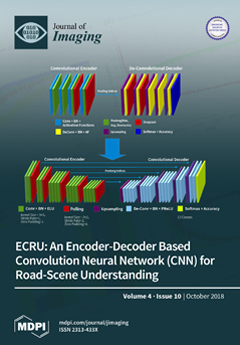Very early, in 1896, Wilhelm Conrad Röntgen, the founding father of X-rays, attempted to measure diffraction and refraction by this new kind of radiation, in vain. Only 70 years later, these effects were measured by Ulrich Bonse and Michael Hart who used them
[...] Read more.
Very early, in 1896, Wilhelm Conrad Röntgen, the founding father of X-rays, attempted to measure diffraction and refraction by this new kind of radiation, in vain. Only 70 years later, these effects were measured by Ulrich Bonse and Michael Hart who used them to make full-field images of biological specimen, coining the term phase-contrast imaging. Yet, another 30 years passed until the Talbot effect was rediscovered for X-radiation, giving rise to a micrograting based interferometer, replacing the Bonse–Hart interferometer, which relied on a set of four Laue-crystals for beam splitting and interference. By merging the Lau-interferometer with this Talbot-interferometer, another ten years later, measuring X-ray refraction and X-ray scattering full-field and in cm-sized objects (as Röntgen had attempted 110 years earlier) became feasible in every X-ray laboratory around the world. Today, now that another twelve years have passed and we are approaching the 125th jubilee of Röntgen’s discovery, neither Laue-crystals nor microgratings are a necessity for sensing refraction and scattering by X-rays. Cardboard, steel wool, and sandpaper are sufficient for extracting these contrasts from transmission images, using the latest image reconstruction algorithms. This advancement and the ever rising number of applications for phase-contrast and dark-field imaging prove to what degree our understanding of imaging physics as well as signal processing have advanced since the advent of X-ray physics, in particular during the past two decades. The discovery of the electron, as well as the development of electron imaging technology, has accompanied X-ray physics closely along its path, both modalities exploring the applications of new dark-field contrast mechanisms these days. Materials science, life science, archeology, non-destructive testing, and medicine are the key faculties which have already integrated these new imaging devices, using their contrast mechanisms in full. This special issue “Phase-Contrast and Dark-field Imaging” gives us a broad yet very to-the-point glimpse of research and development which are currently taking place in this very active field. We find reviews, applications reports, and methodological papers of very high quality from various groups, most of which operate X-ray scanners which comprise these new imaging modalities.
Full article






